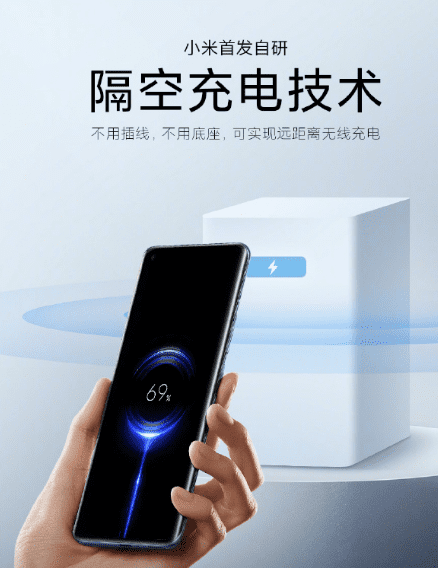
China’s Xiaomi announced its’remote charging’ technology. It can be charged even if the smartphone and the charger are several meters apart.
On the 29th of last month, Xiaomi announced its own’Mi Air Charge’ technology. Xiaomi CEO Lei Jun praised the technology, saying, “It’s like a science fiction movie.”
Xiaomi recently explained that this remote charging technology will take place within a radius of several meters and can charge 5W remotely for a single facility. Even intermediate barriers are designed to not affect the filling. Multiple facilities can be charged at the same time with 5W.
There is no need to plug in a separate charging line or put it on the charger.
According to Xiaomi’s official Weibo, the company has developed 17 technology patents related to its own remote charging system after countless exploration and trials. Simply grab your smartphone and enter the living room to perform remote charging.
The core of this technology is spatial location recognition and remote energy transmission technology, according to Chinese media outlet Zheng Chunsbao. The remote charger developed by Xiaomi has built-in five phase interface antennas.
These antennas can perform millisecond spatial location recognition for smartphones. It precisely detects the location of the smartphone. A phase-controlled array composed of 144 antennas emits millimetric waves to the smartphone through the beam.
Related Articles

Phone shipments in China in 4Q last year, Huawei fell in half…Xiaomi surged

9 companies including the U.S. and Xiaomi added ‘軍 blacklist’

Samsung Electronics also “charger and earphone sold separately” following Apple and Xiaomi

Will there be an’iPhone case’ that carries and charges AirPods?
In smartphones, the antenna array developed by Xiaomi has been miniaturized and mounted, and there are beacon antennas and receiving antenna arrays. The beacon antenna serves to inform the charger of location information in the space in a low power method.
The receiving antenna array composed of 14 antenna modules is charged by converting a rectifier circuit into power for the milliwave signal emitted from the charger.
